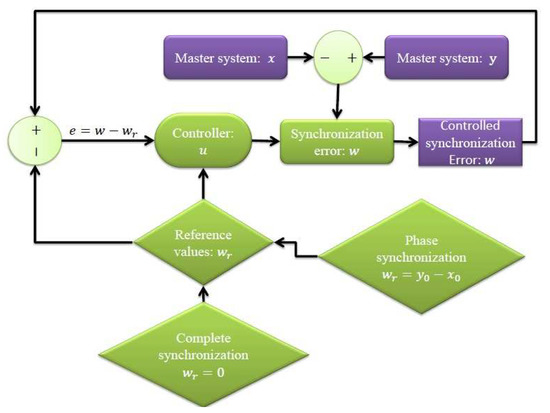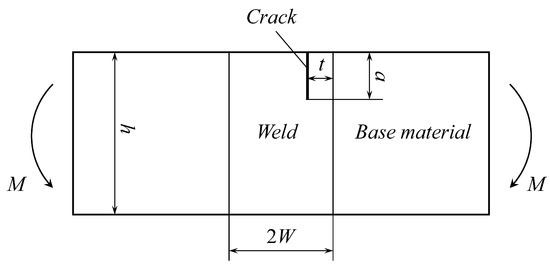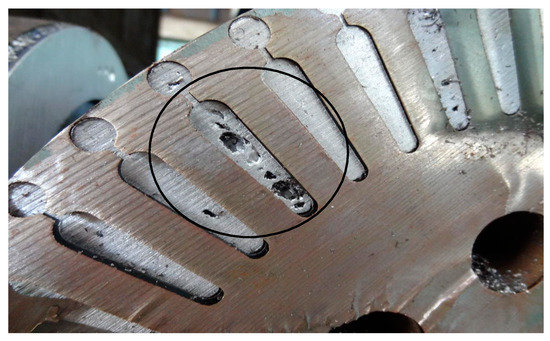Symmetry 2020, 12(11), 1767; https://doi.org/10.3390/sym12111767 - 26 Oct 2020
Cited by 48 | Viewed by 5196
Abstract
Heavy oil and bitumen supply the vast majority of energy resources in Canada. Different methods can be implemented to produce oil from such unconventional resources. Surfactants are employed as an additive to water/steam to improve an injected fluid’s effectiveness and enhance oil recovery.
[...] Read more.
Heavy oil and bitumen supply the vast majority of energy resources in Canada. Different methods can be implemented to produce oil from such unconventional resources. Surfactants are employed as an additive to water/steam to improve an injected fluid’s effectiveness and enhance oil recovery. One of the main fractions in bitumen is asphaltene, which is a non-symmetrical molecule. Studies of interactions between surfactants, anionic, and non-anionic, and asphaltene have been very limited in the literature. In this paper, we employed molecular dynamics (MD) simulation to theoretically focus on the interactions between surfactant molecules and different types of asphaltene molecules observed in real oil sands. Both non-anionic and anionic surfactants showed promising results in terms of dispersant efficiency; however, their performance depends on the asphaltene architecture. Moreover, a hydrogen/carbon (H/C) ratio of asphaltenes plays an inevitable role in asphaltene aggregation behavior. A higher H/C ratio resulted in decreasing asphaltene aggregation tendency. The results of these studies will give a deep understanding of the interactions between asphaltene and surfactant molecules.
Full article
(This article belongs to the Section Computer)
►
Show Figures











